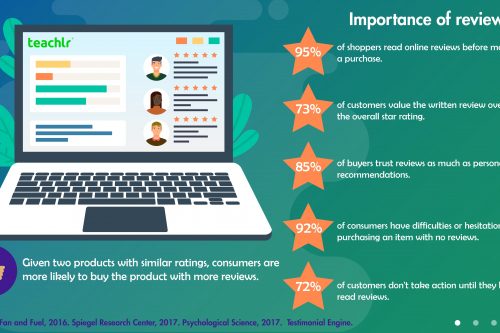These days, students feel more comfortable with almost any technology than (most of) their teachers, creating a chasm between educator and child in this ever more important area. The phenomenon is increasingly concerning, given that the gadgets they play with have their undivided attention – something teachers would love to have.
The question for staff then, is how they leverage new technologies to harness student energy, rather than condemn and confiscate them.
Understanding 5G – The fifth generation of cellular networks
5G networks will be almost unbelievably fast by current standard’s. They will allow data downloads between one and ten times faster than the limits of today’s 4G phones. In theory, a 5G network could download every episode of Game Of Thrones, in High Definition, in less than 10 seconds. (Those numbers are download speeds in lab conditions – reality is usually much slower.)
5G will be rolled out by the major US networks as early as next year and it’s not ‘just’ faster. 5G’s power requirements are also much lower than existing cellular specifications. A single battery can support a sensor in situ for up to 10 years. That means 5G will provide the infrastructure necessary for the Internet Of Things – something explored below.
The Impact 5G could have on the classroom
To be useful in a classroom context, the question educators face is ‘How is 5G better than WiFi?’ To help, 5G needs to solve the classic problems teachers face in the classroom, in a way which adds value over and above what they can do with what’s in place. There are several likely possibilities.
Existing internet facilities like YouTube have led to the creation and sharing of millions of hours of educational content, (here, videos) provided online, for free. Some assets, like Google’s Ultra High Definition images Libraries are beyond the capability of current networks to download in maximum quality. The apparently limitless bandwidth provided by 5G is likely to reverse this trend, and drive the creation of high quality educational assets, from any educational institution world. As with almost all internet based content, these will be offered without charge and ill provide an affordable way to engage with children in the classroom. 5G will also see the generation of content which requires more bandwidth than is currently in place – notably Artificial Reality and Augmented Reality. Again, depositories like YouTube will be developed to store and share these resources.
Some of the evolution of these technologies will be less glamorous but may be potentially of equal value to schools. One of the major technology components which will be enabled by 5G is The Internet of Things (IoT). The IoT involves connecting existing assets to the internet so they can be monitors to improve their efficiency or performance. In schools, this could include everything from automatic emptying of full trash cans, to student trackers, to heart rate monitoring for children in PE.
5G could affect classroom size and offer flexibility where it is required, to reduce class sizes, allowing ‘emergency’ delivery of lessons by supply teaching staff, over high bandwidth connections, offering higher quality images to what is currently available and zero delays. Teachers could be based in other districts, where required. Equally, remote teachers, connected to students over 5G, could benefit rural classrooms and, even, in some cases, those in the developing world (in locations where 5G is also available.)
Importantly, 5G’s enormous capacity, equivalent in speed to fixed broadband fibre network connections, could lower costs across the board for cellular data plans. It’s hard to charge high prices for something which is so widely available and prolific as 5G data will be, a concept the industry is only now realising.
Summing up the impacts of 5G – Unusual economic benefits
Outside the classroom, 5G will provide multiples of the GDP benefits that 4G offered – although they were substantial. Governments are uncharacteristically ahead of the curve in realising the importance of 5G technology. It is a revolution in cellular connectivity, not, as previous generations have been, an evolution. One estimates put the global benefit from 5G at $12.3 Trillion dollars, more than all US consumer spending – and more than the GDP of the UK, Germany and Japan combined. The rising tide offered by 5G will provide valuable global economic strength and thereby, ultimately, jobs for students when they graduate.
– Ralf Llanasas from Whatphone




